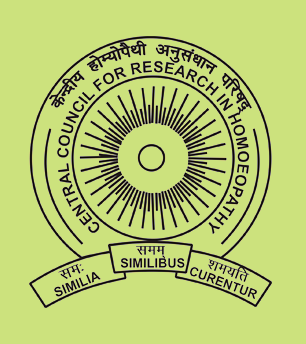Indian Journal of Research in Homoeopathy
Keywords
arsenicosis; arsenic remediation; liver enzymes; skin symptoms: toxicity biomarkers.
Article Type
Original Article
Abstract
In continuation of our short-term pilot studies reported earlier, results on certain toxicity biomarkers in volunteers who continued to take the potentized Arsenicum Album 200C till 2 years are presented. Out of some 130 verum-fed volunteers of pilot study, 96 continued to take the remedy till 6 months, 65 till 1 year and 15 among them continued till 2 years. They provided samples of their urine and blood at 6 months, 1 year and finally at 2 years. None out of 17 who received 'placebo turned up for providing blood or urine at these longer intervals. Standard methodologies were used for determination of arsenic content in blood and urine, and for measurement of toxicity biomarkers like acid and alkaline phosphatases, alanine and aspartate amino transferases, lipid peroxidation and reduced glutathione and anti-nuclear antibody titers. Most of the volunteers reported status quo maintained after the improvement they achieved within the first 3 months of homeopathic treatment, in respect of their general health and spirit. and appetite and sleep. A few with skin symptoms and burning sensation, however, improved further. This was supported by the data of toxicity biomarkers, levels of all of which remained fairly within normal range. Therefore, administration of Arsenicum Album 200C considerably ameliorates symptoms of arsenic toxicity on a long-term basis, and can be recommended for Interim use, particularly in high risk remote villages lacking modern medical and arsenic free drinking water facilities. Similar studies by others are encouraged.
Digital Object Identifier
10.53945/2320-7094.1854
Publisher
Wolters Kluwer India Pvt. Ltd.
How to cite this article
Khuda-Bukhsh AR, Karmakar SR, Benerjee A, et al. A Follow Up Study on the Efficacy of the Homoeopathic Remedy Arsenicum Album in Volunteers Living in High Risk Arsenic Contaminated Areas. Indian J Res Homoeopathy 2009;3:44-52. doi: 10.53945/2320-7094.1854


